Art and Culture
The tonada—or Asturian song—is the traditional song of the region. It has been orally transmitted for centuries, and it established itself as a vocal genre of the popular lyricism in Asturias in the nineteenth century. Since then, it has become the greatest expression of vocal music in the area and, in recognition of its great heritage and identity value, it was declared Bien de Interés Cultural (an asset of cultural interest) and is now part of the Spanish intangible cultural heritage since May 2015.
In the Asturian mining valleys, the tonada repertoire acquires its own style, with a protest tone in its lyrics, which illustrate the harsh working conditions and lifestyles of miners. One of the most popular contests of this musical genre is held in one of these valleys—Samuño, in Langreo. The association Asociación Cultural y de Vecinos San Luis, in La Nueva, is in charge of the organization of this event, the contest Concursu de la Canción Asturiana de les Mines, which was first celebrated in 1993. Since that year, the qualifying rounds and finals of this contest take place every Saturday from October to April. These rounds are held at the association headquarters, located in the building of the old company shop of the mine shaft. The best voices of the tonada participate in different categories for specific contestants (children, youth, adults, amateurs and, finally, the absolute division).
The intense mining activity in this valley began in the mid-19th century with companies such as Carbones de La Nueva, Carbones Asturianos, Duro Felguera, Felgueroso Hermanos and HUNOSA. This business reached its end in the final decades of the 20th century. The objectives set by Asociación Cultural y de Vecinos San Luis, constituted in 1978, are to vindicate this mining past and its culture, as well as to confront the abandonment and isolation of the valley that brought with it the end of this activity. Along with this Asturian song contest, more events are also held in La Nueva, like the bagpipe contest (Concurso de Gaita), the gastronomic festival Jornadas Gastronómicas del Menú Minero, and the traditional market of the Industrial Revolution (Mercado Tradicional de la Revolución Industrial).

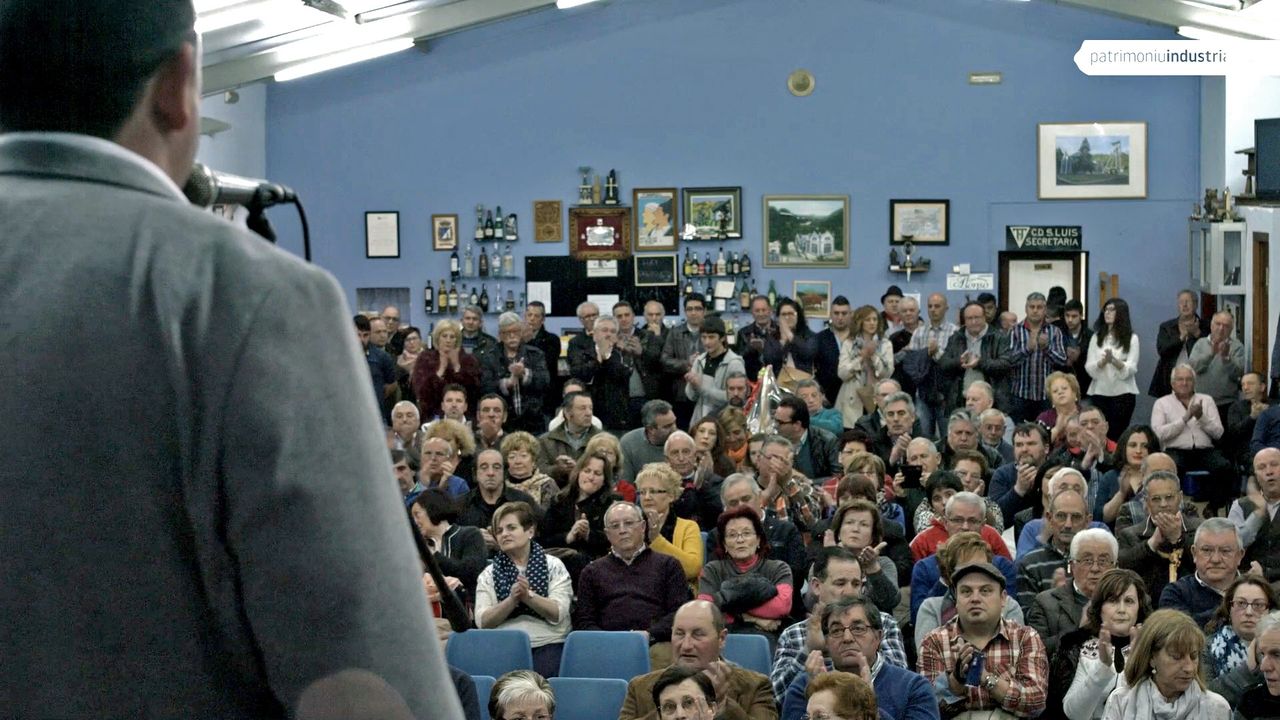
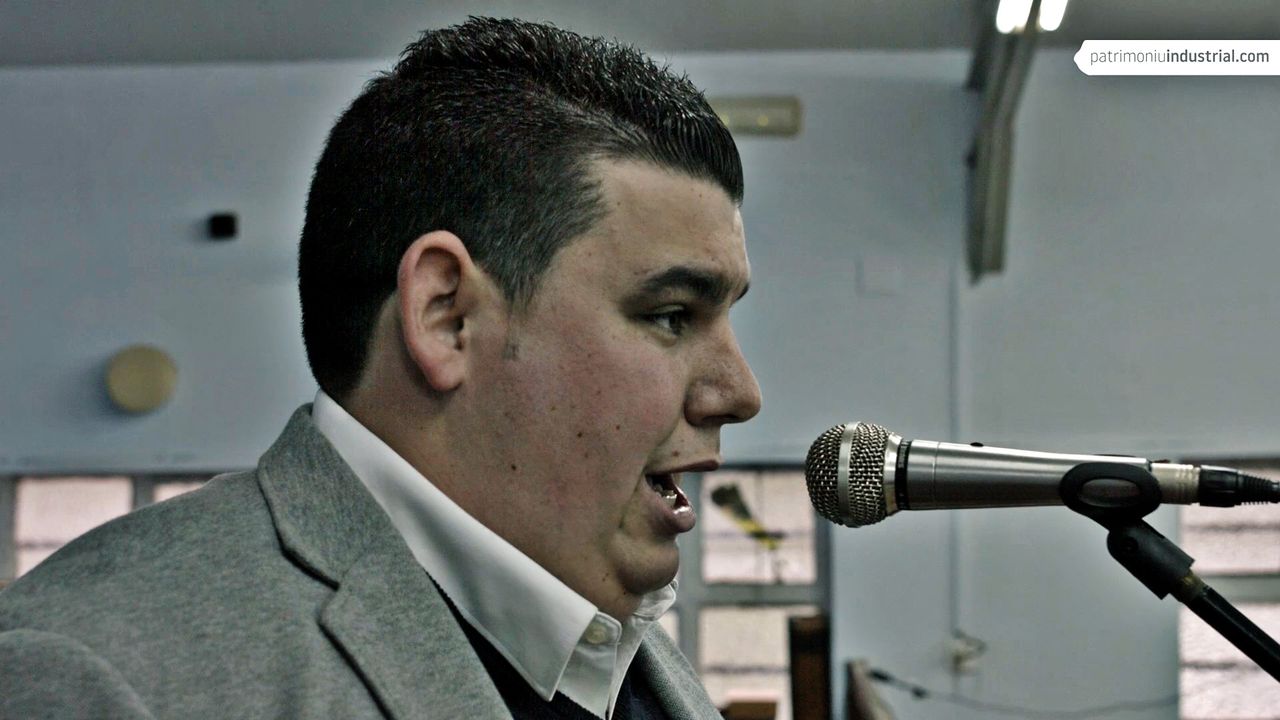
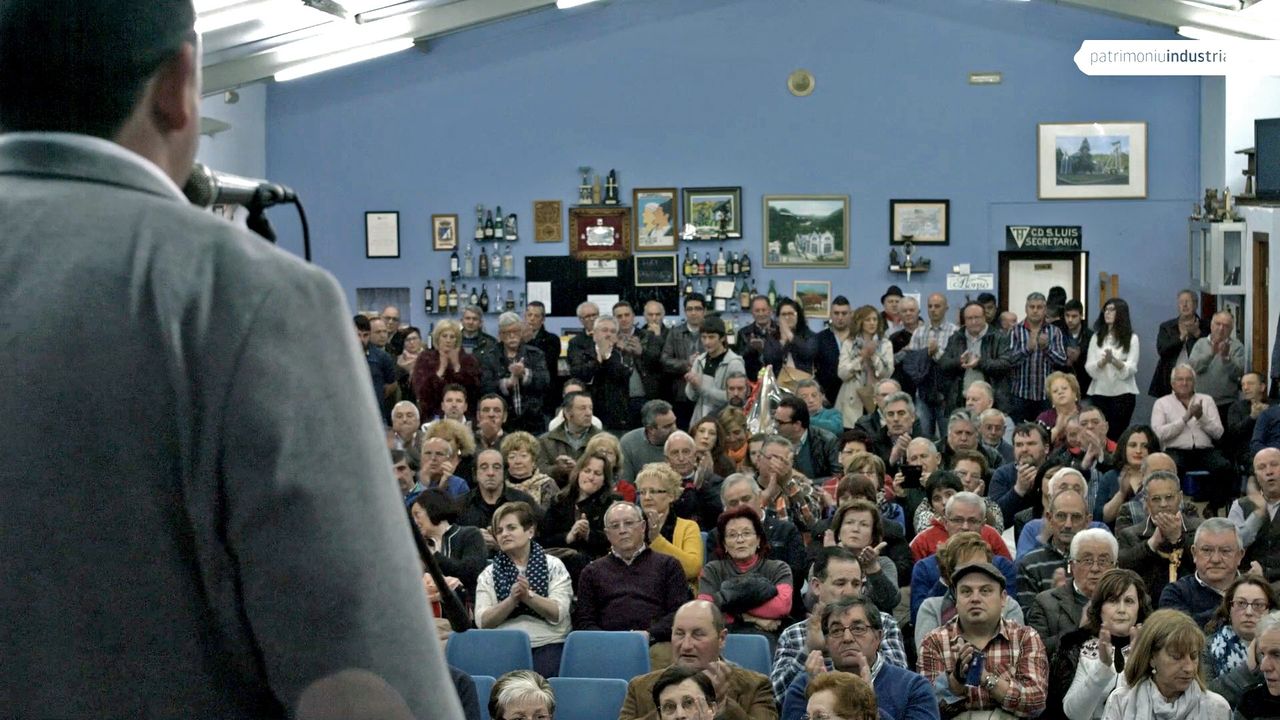


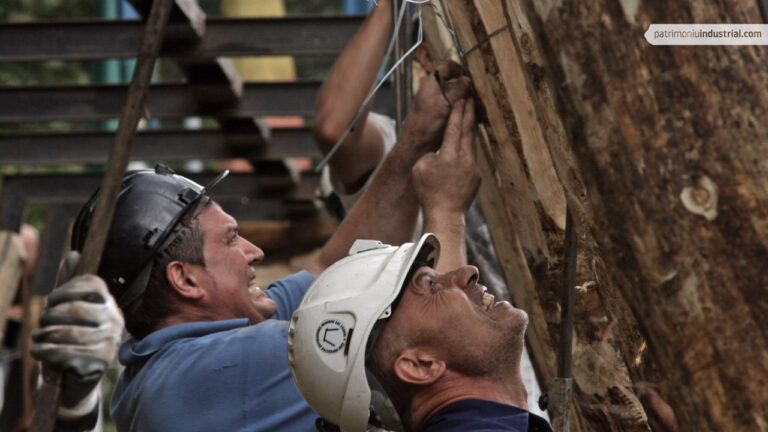
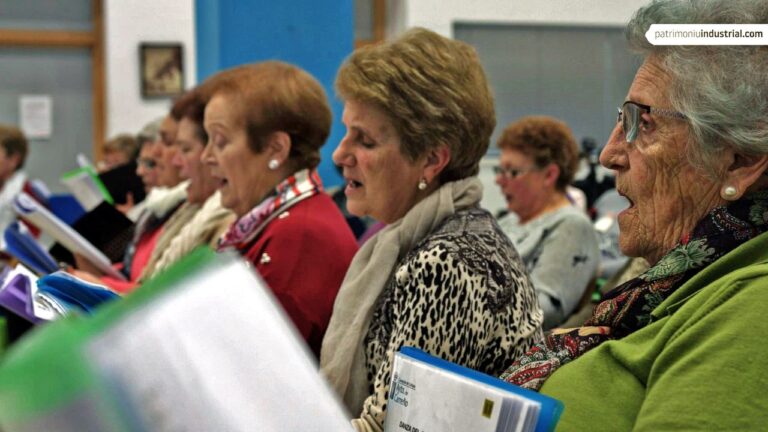

Recent Comments